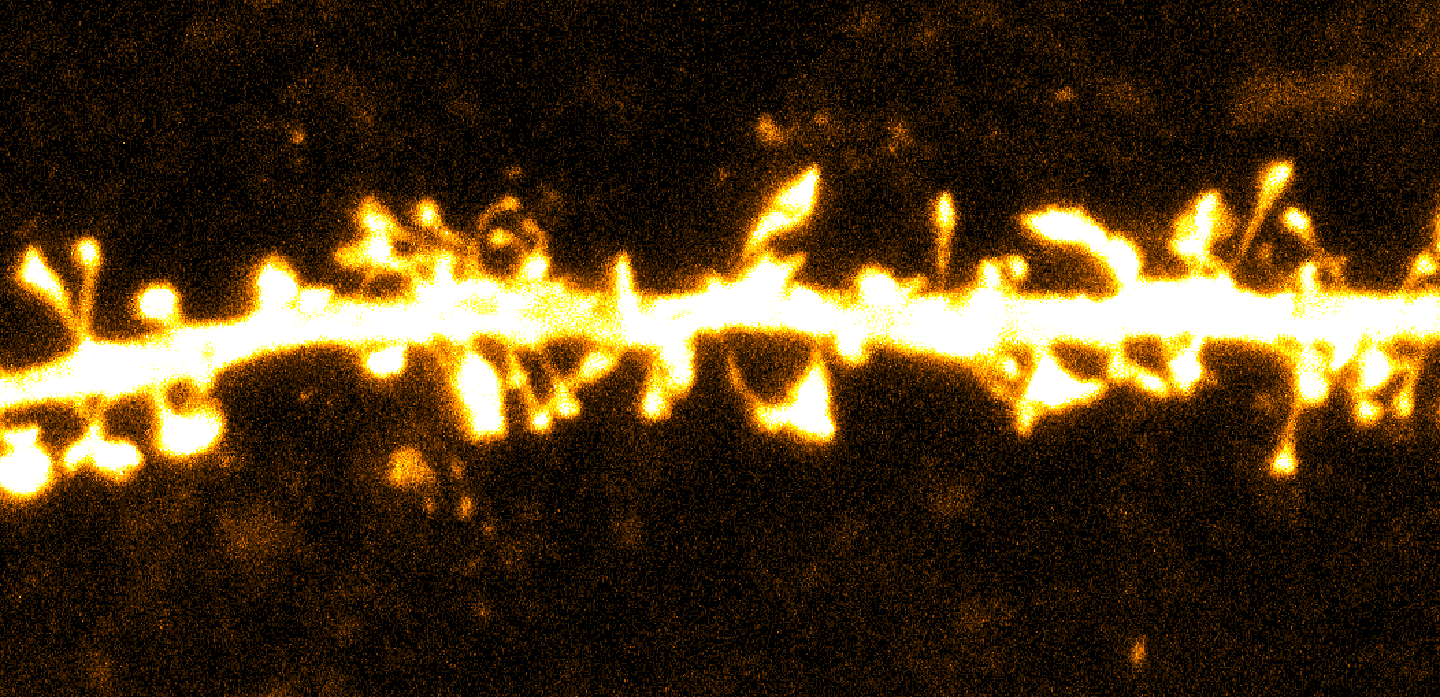Synaptic plasticity in the human brain – personalized brain research

One of the most impressive features of our central nervous system is its ability for structural, functional and molecular adaptations to suitable stimuli, which is summarized under the term ‘synaptic plasticity’. The expression of synaptic plasticity is relevant for basic daily functions, such as temporal and spatial orientation, learning and memory consolidation but also the implementation of complex behavior. Although this topic has been extensively investigated over the last decades, little is known about synaptic transmission and plasticity in the human brain.
Within this research focus we implemented a translational and interdisciplinary strategy to assess synaptic transmission and plasticity in the human neocortex on the level of individual neurons. In an interdisciplinary team of neurosurgeons and neuroanatomists, human neocortical tissue – explanted during tumor or epilepsy surgery for medical or procedural indication – is used to investigate single-cell features in the human brain. Together with multi-dimensional data integration (single-cell and clinical data), our results will identify influential factors on neurotransmission in the human brain.
Specifically, the following points will be addressed:
- Influential factors on neurotransmission and intrinsic cellular properties in the human neocortex: Which patient characteristics define structural, functional and molecular features in the adult human neocortex? Following this approach, we will investigate potential therapeutic strategies that efficiently target synaptic transmission and plasticity in the human brain.
- Structure/Function-Interrelation: Human neurons have a high morphological complexity. Using 1:1 correlations of electrophysiological properties and the post hoc analysis of neuronal and synaptic morphologies, we will provide insights in the interdependency of neuronal structure and function. Through open data reporting, we will thereby provide the basis for in silico models of the human brain that allow for predictions of adaptive processes in the human brain.
- (Reverse) Translation: By employing the parallel use of established research models and human neocortical tissues, we aim at evaluating the biological relevance of previous finding in the human CNS. Particularly, we will test if influential factors on synaptic plasticity that we identified in the human brain are evident in vivo and in cell culture models as well. With this approach, we will develop research strategies to gain insights in the human neocortex, which finally aims at refining, reducing and replacing (3R) animal experiments.
In conclusion, this research focus will elucidate the neuroanatomical basis for functional features in the human central nervous system.
Key publications:
All-trans retinoic acid induces synaptic plasticity in human cortical neurons. Lenz M, Kruse P, Eichler A, Straehle J, Beck J, Deller T, Vlachos A. (2021) doi: 10.7554/eLife.63026.
Technical report: surgical preparation of human brain tissue for clinical and basic research. Straehle J, Ravi VM, Heiland DH, Galanis C, Lenz M, Zhang J, Neidert NN, El Rahal A, Vasilikos I, Kellmeyer P, Scheiwe C, Klingler JH, Fung C, Vlachos A, Beck J, Schnell O. Acta Neurochir (Wien). 2023 Jun;165(6):1461-1471. doi: 10.1007/s00701-023-05611-9. Epub 2023 May 6